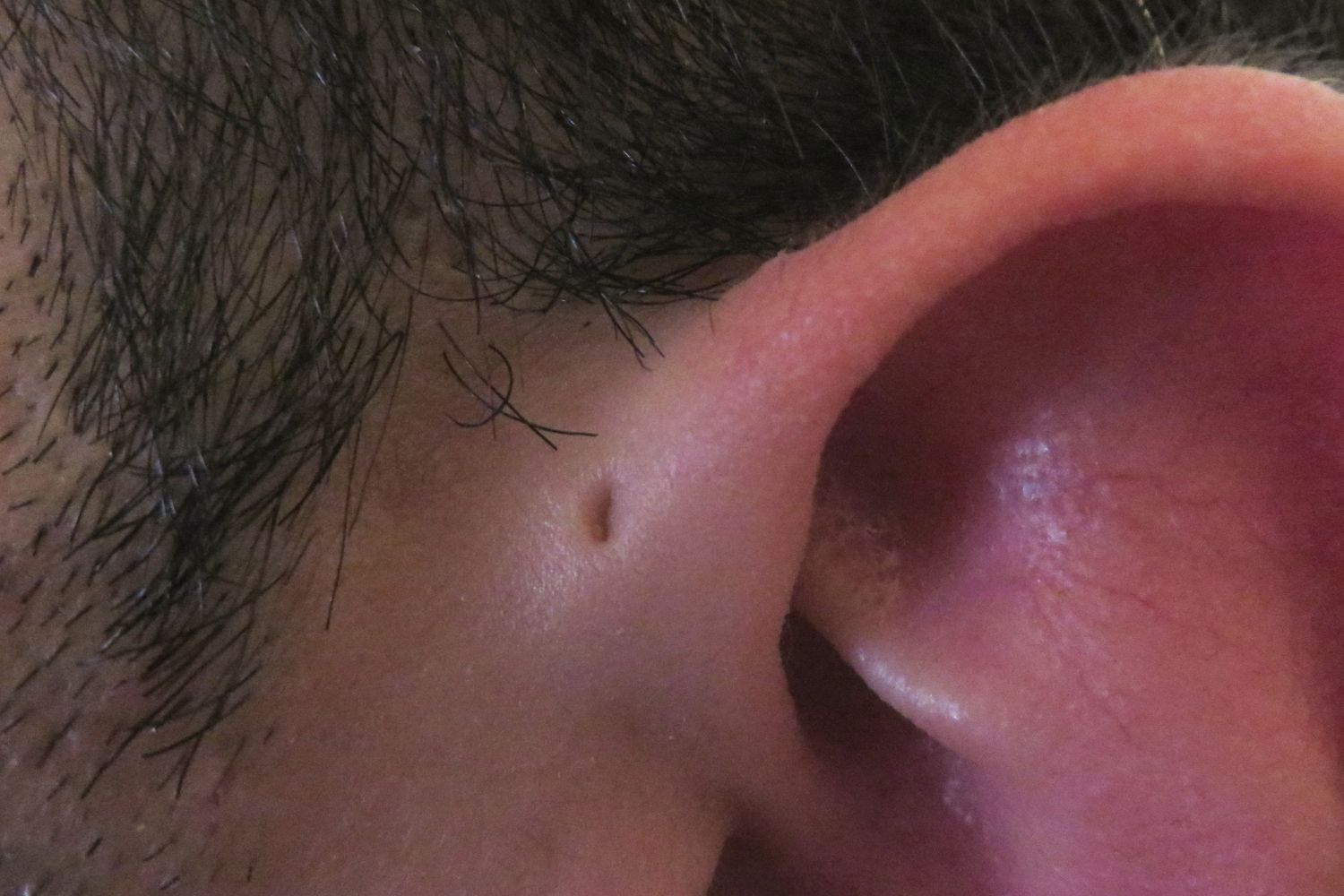
Azelaic acid is a skincare ingredient gaining popularity for its impressive benefits. But what exactly makes it so special? Azelaic acid is a naturally occurring compound found in grains like barley, wheat, and rye. It’s known for its anti-inflammatory, antibacterial, and antioxidant properties. This multitasking ingredient can help with acne, rosacea, and hyperpigmentation. Unlike some harsher treatments, azelaic acid is gentle enough for sensitive skin. It works by unclogging pores, reducing redness, and evening out skin tone. Dermatologists often recommend it for those struggling with stubborn skin issues. Ready to learn more? Here are 20 facts about azelaic acid that will help you understand why it’s a game-changer in skincare.
Key Takeaways:
- Azelaic acid is a natural compound found in grains like barley and wheat. It's FDA-approved for treating acne and rosacea, and it can help reduce inflammation and unclog pores for clearer, smoother skin.
- When using azelaic acid, start with a lower concentration and apply it after cleansing. It's important to use sunscreen and avoid mixing it with strong exfoliants like glycolic acid or retinol to prevent irritation.
What is Azelaic Acid?
Azelaic acid is a naturally occurring compound found in grains like barley, wheat, and rye. It’s widely used in skincare for its multiple benefits. Let’s dive into some fascinating facts about this versatile ingredient.
-
Azelaic acid is a dicarboxylic acid. This means it has two carboxyl groups, making it effective in treating various skin conditions.
-
It’s naturally derived. Azelaic acid can be found in grains such as barley, wheat, and rye.
-
It’s FDA-approved. The U.S. Food and Drug Administration has approved azelaic acid for treating acne and rosacea.
-
It’s anti-inflammatory. This compound helps reduce inflammation, making it ideal for calming irritated skin.
-
It’s antibacterial. Azelaic acid can kill bacteria that cause acne, helping to clear up breakouts.
Benefits of Azelaic Acid for Skin
Azelaic acid offers numerous benefits for the skin, making it a popular choice in many skincare products. Here are some of its key advantages.
-
Reduces hyperpigmentation. Azelaic acid can lighten dark spots and even out skin tone.
-
Unclogs pores. It helps to keep pores clear, reducing the likelihood of acne.
-
Improves skin texture. Regular use can lead to smoother, more refined skin.
-
Fights free radicals. Azelaic acid has antioxidant properties that protect the skin from environmental damage.
-
Suitable for sensitive skin. It’s generally well-tolerated, even by those with sensitive skin.
How to Use Azelaic Acid
Incorporating azelaic acid into your skincare routine can be straightforward. Here’s how to make the most of this ingredient.
-
Start with a lower concentration. Begin with a product containing 10% azelaic acid to see how your skin reacts.
-
Apply it after cleansing. Use azelaic acid after washing your face but before moisturizing.
-
Use it twice daily. For best results, apply it in the morning and evening.
-
Pair it with sunscreen. Azelaic acid can make your skin more sensitive to the sun, so always use SPF.
-
Avoid mixing with certain ingredients. Don’t use azelaic acid with strong exfoliants like glycolic acid or retinol to prevent irritation.
Azelaic Acid in Skincare Products
Azelaic acid is found in various skincare products, each offering unique benefits. Here’s a look at some common types.
-
Creams and gels. These are the most common forms, often prescribed for acne and rosacea.
-
Serums. Azelaic acid serums can be layered under other products for added benefits.
-
Cleansers. Some face washes contain azelaic acid to help treat acne while cleansing.
-
Spot treatments. These are ideal for targeting specific areas of hyperpigmentation or breakouts.
-
Masks. Azelaic acid masks can provide a more intensive treatment for clearer, brighter skin.
Final Thoughts on Azelaic Acid
Azelaic acid offers a range of benefits for skin health. It tackles acne, reduces inflammation, and helps with hyperpigmentation. This versatile ingredient suits various skin types, making it a go-to for many. Whether you're dealing with rosacea or just want a brighter complexion, azelaic acid can be a game-changer. It's available in creams, gels, and even some over-the-counter options. Always patch-test before full application to avoid irritation. Consult a dermatologist to find the best formulation for your needs. With consistent use, you might see noticeable improvements in your skin's texture and tone. So, if you're looking for an effective, multi-tasking skincare ingredient, azelaic acid is worth considering. Give it a try and see the difference it can make.
Frequently Asked Questions
Was this page helpful?
Our commitment to delivering trustworthy and engaging content is at the heart of what we do. Each fact on our site is contributed by real users like you, bringing a wealth of diverse insights and information. To ensure the highest standards of accuracy and reliability, our dedicated editors meticulously review each submission. This process guarantees that the facts we share are not only fascinating but also credible. Trust in our commitment to quality and authenticity as you explore and learn with us.


